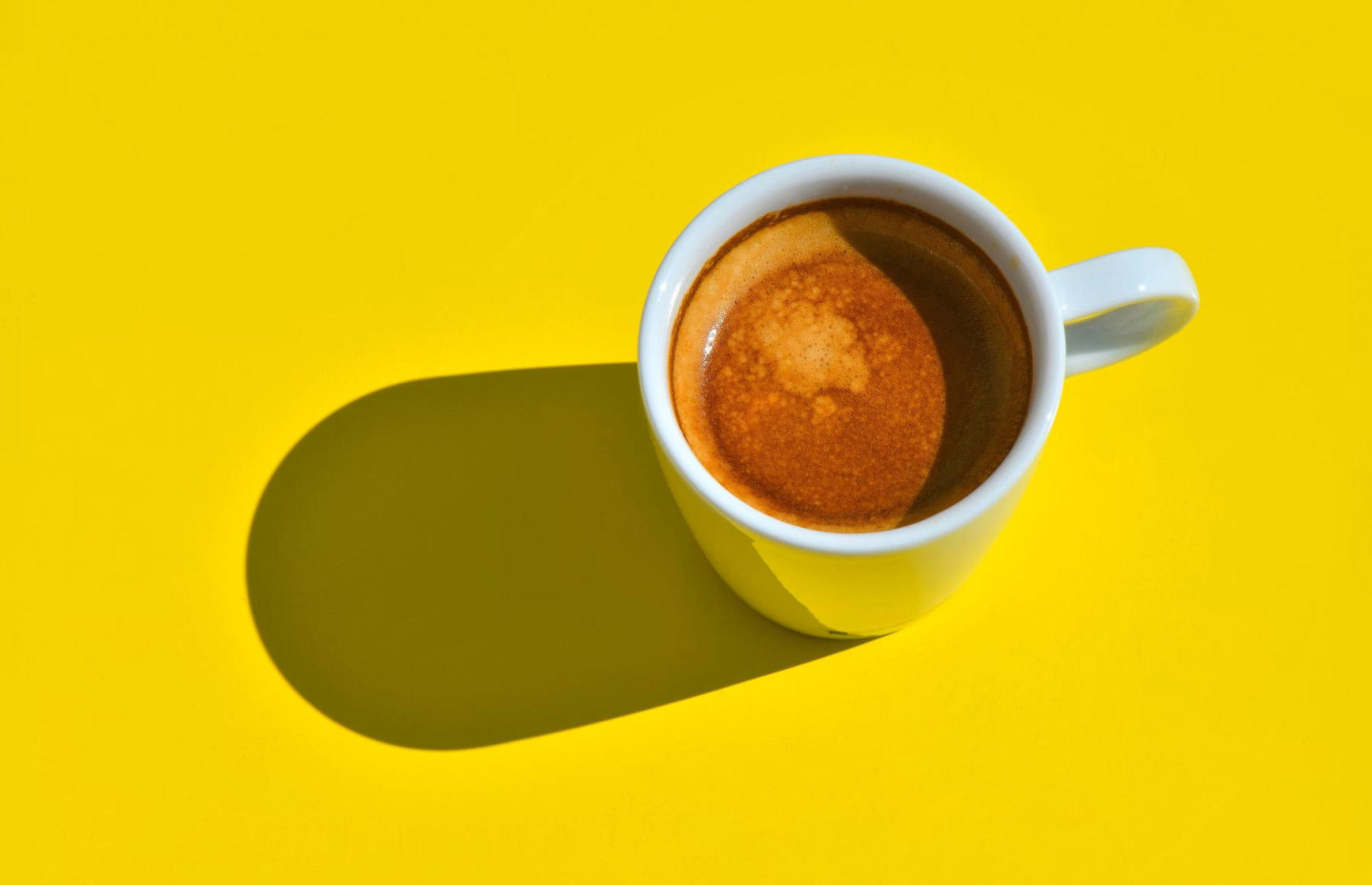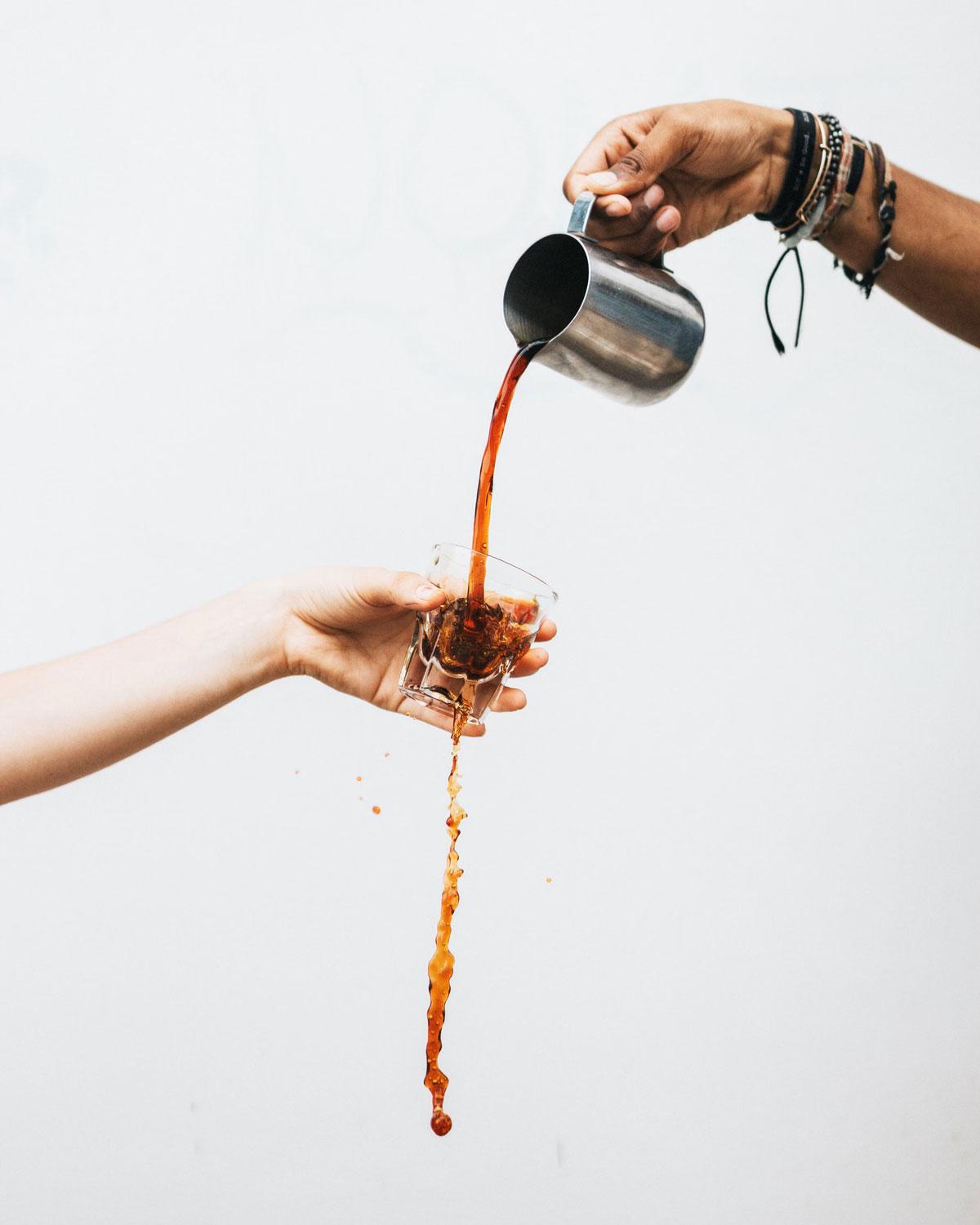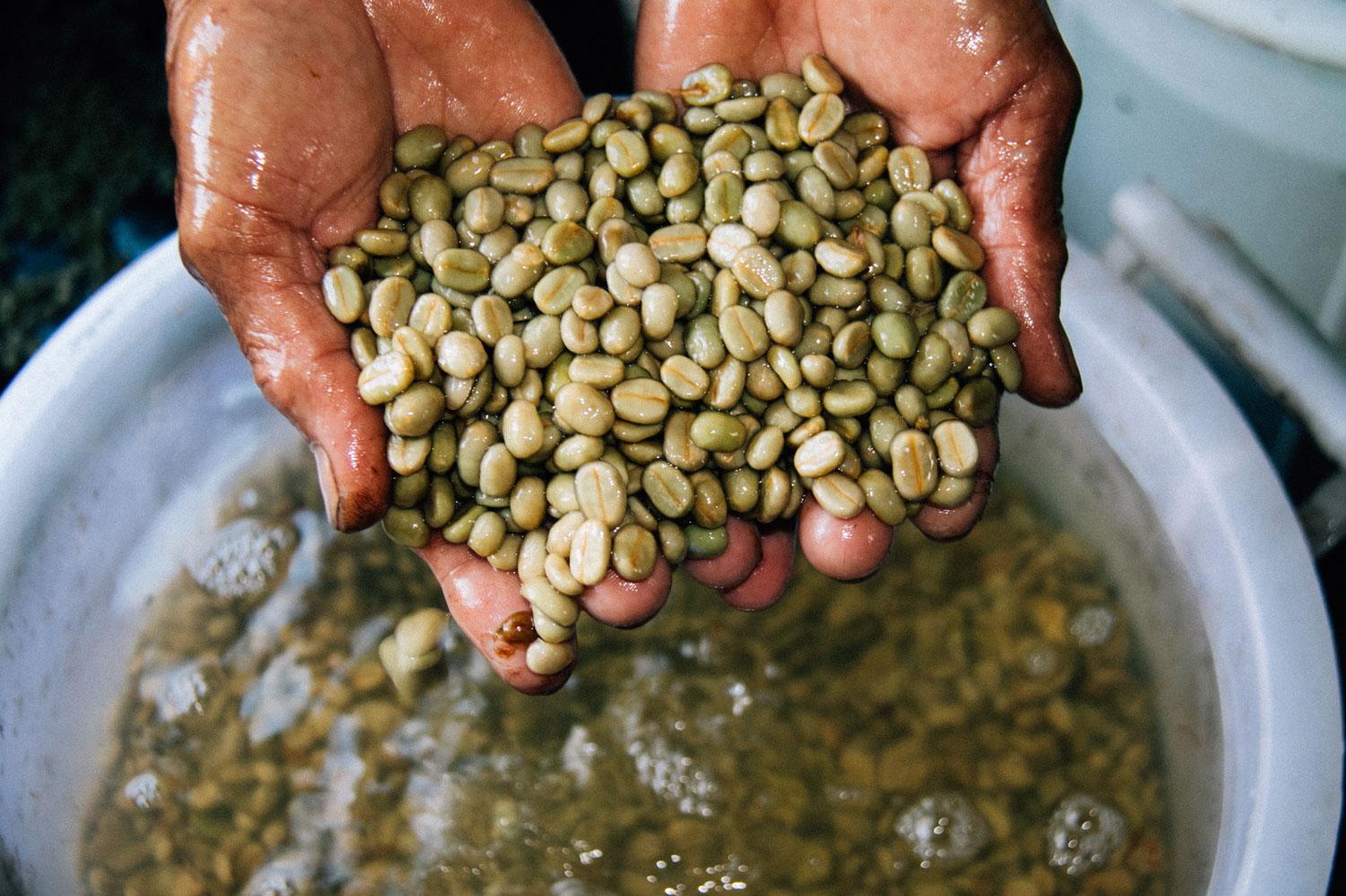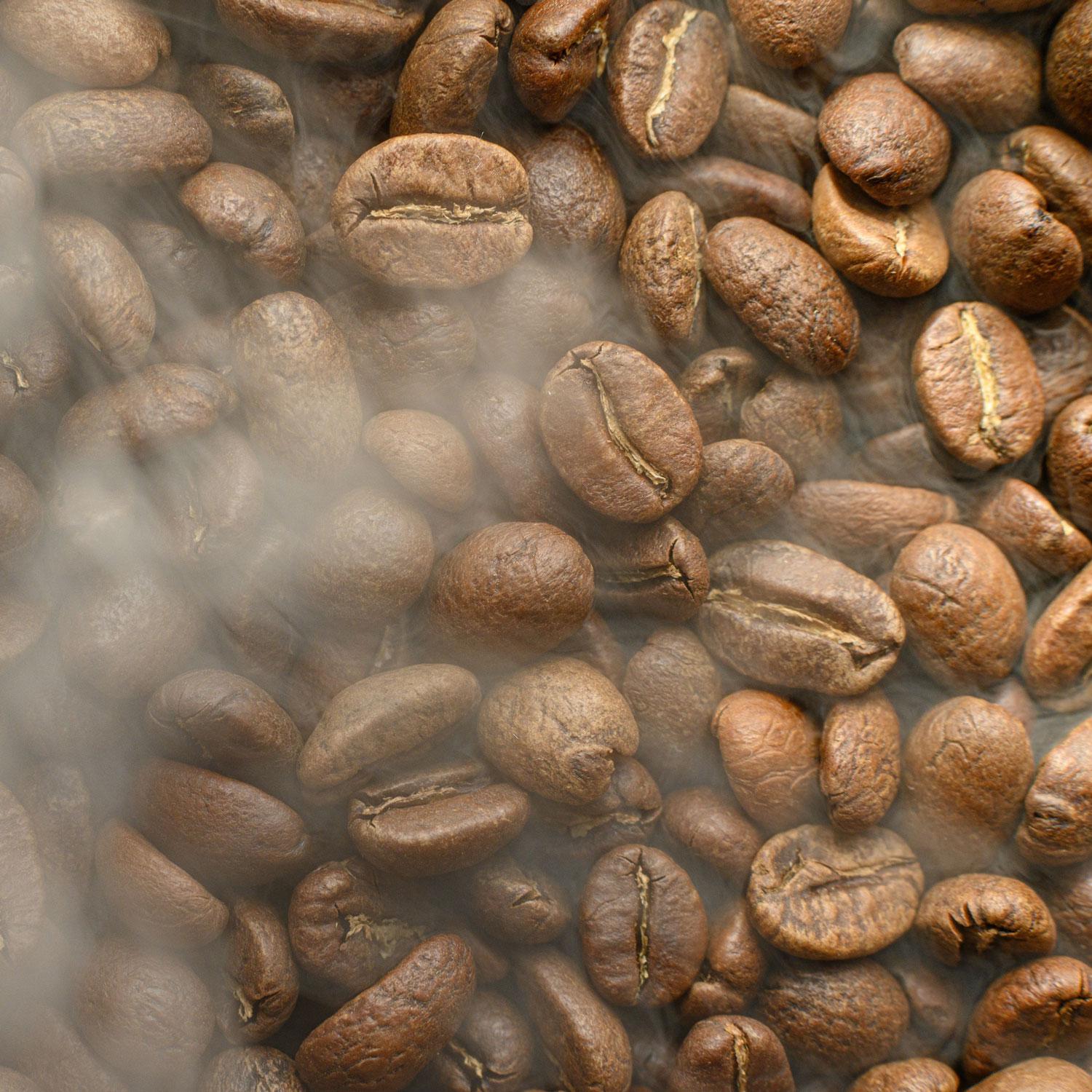
What is caffeine
Caffeine is a naturally occurring alkaloid found in tea, coffee and kola nuts. It serves as protection for these plants, repelling insects. Caffeine has an invigorating and stimulating effect – it speeds up the pulse and stimulates the nervous system.
For a healthy adult, a small dose of caffeine is not dangerous. A cup of coffee with breakfast or on the way to work has long become one of the most popular ways to cheer up in the morning. However, children, pregnant women and people with nervous system disorders should use caffeine with caution. Therefore, people started thinking about ways to remove caffeine from beans many years ago.
Caffeine content in decaf
The first decaffeination method dates back to 1905. This method was downright harmful – green coffee beans were soaked in benzene, a toxic carcinogen (1), (2). Not surprisingly, this option is now strictly prohibited.
Over time, an international standard for decaffeinated coffee was developed: this is a product whose caffeine content does not exceed 0.3%. Even more stringent standards apply in Europe: they require the indicator to be brought to 0.1%. The EU leads among consuming regions and increases imports of decaffeinated coffee from year to year (data from the International Coffee Organization, ICO for 2020-2022) (3).
Now it’s not difficult to find decaf: it is available on any major marketplace, in many coffee shops and online stores. It is sold in beans, ground and even instant. How do you get it?

How to make decaffeinated coffee
In all modern decaffeination methods, green coffee beans are first soaked in water or treated with hot steam. But then the technologies differ. Let’s look at the most popular ones.
Swiss method
This method of making decaffeinated coffee was invented in 1979. It is also called “Swiss water”. First, prepare a batch of green coffee, pre-soaked in hot, but not boiling water. This allows the beans to open, releasing their substances, including caffeine, into the water. And then the resulting extract is passed through a system of carbon filters.
The caffeine molecules themselves are quite large, so they are retained in the filter, while the rest pass through it freely. The result is an extract with the correct flavor and aromatic properties, but without caffeine.

Then the next batch of beans is soaked in the resulting extract: the caffeine from the beans gradually passes into the extract, and the substances that affect the taste and smell remain in the beans, because the solution is already saturated with them. It is usually not possible to remove all the caffeine the first time, so the procedure is repeated.
The Swiss method is not the fastest or cheapest. This type of coffee is usually expensive and rare in Europe. However, a drink decaffeinated in this way retains maximum taste, aroma and beneficial substances that are present in raw coffee.
Traditional method
One of the most popular decaffeination methods used by most manufacturers. It is also called straight, European or regular. This is the type of decaffeinated coffee that can most often be bought from European roasters or in supermarkets.
In the traditional method, the coffee beans are first treated with hot water steam. Typically this procedure lasts about half an hour. The processed beans are then soaked in a solvent to remove the caffeine, but instead of harmful benzene, ethyl acetate or methylene chloride is used. The first is considered the safest – this substance is obtained from fruits or cane sugar.

Carbon dioxide method
Carbon dioxide or carbon dioxide in its normal state is a colorless gas without taste or odor. It is present in large quantities in the Earth’s atmosphere and has the chemical formula CO2. That is, its molecule consists of one carbon atom and two oxygen atoms.
It is believed that decaffeination using carbon dioxide is the most progressive and safe. Liquefied carbon dioxide enters the chamber with coffee beans, which acts as a solvent.
True, this method of producing decaffeinated coffee is expensive because it requires very expensive equipment.
Does decaffeination affect the taste of coffee?
Undoubtedly, the decaffeination process affects the final taste of the drink. Some other substances are also removed from the coffee beans. Even if very few of them are missing, the taste of the drink becomes less pronounced and the bouquet becomes simpler. If the variety did not have a very pronounced taste before dedecaffeination, then after processing it will become completely bland. In addition, the lack of caffeine often leads to a bias towards acidity.
To avoid disappointment from the purchase, you should not save when buying decaf coffee, because high-quality grain suffers less during processing. And you definitely need to pay attention to the roasting date: freshly roasted beans always have a brighter taste, which also weakens the effect of caffeine removal.
